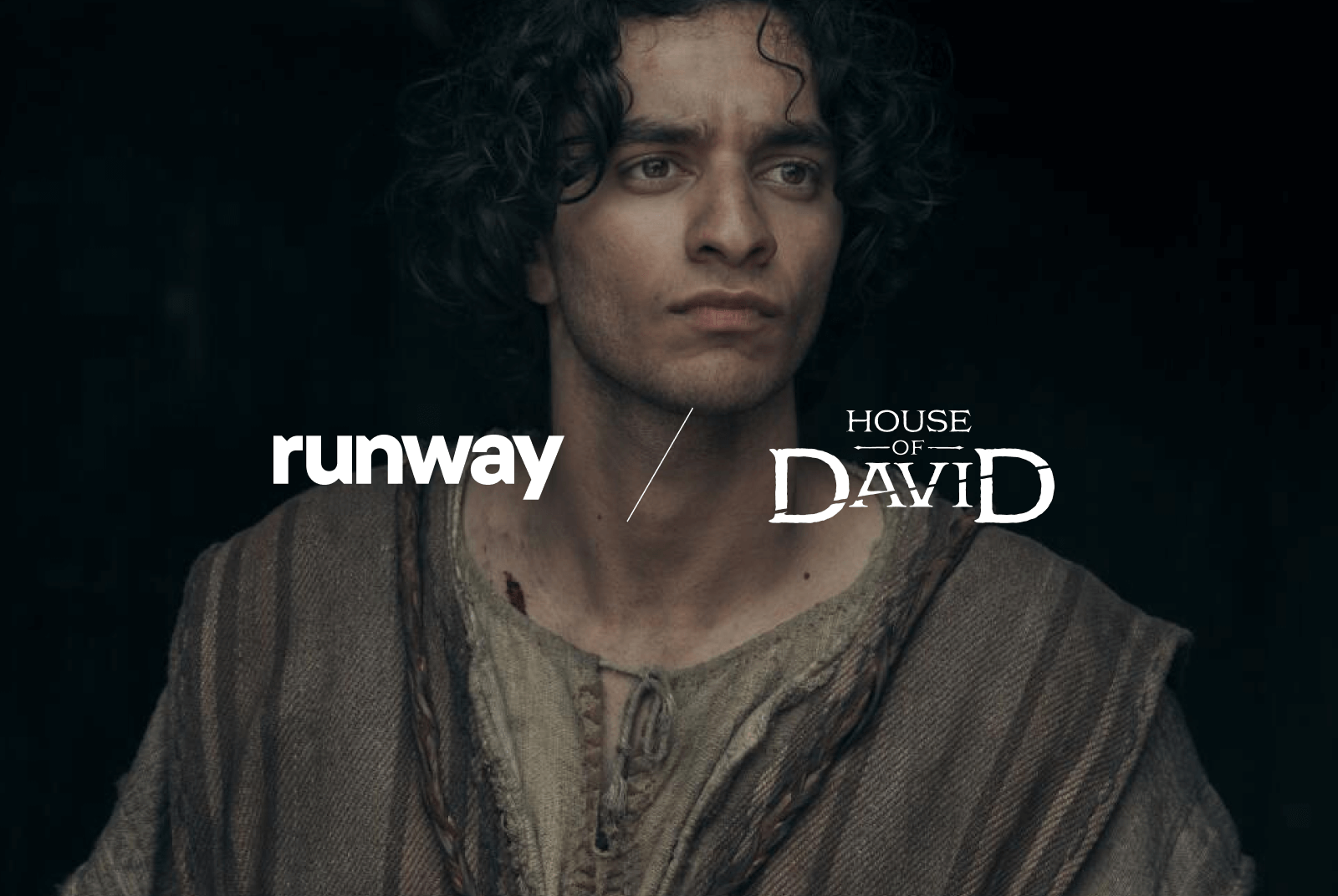
How are you bringing AI tools into your classroom?
The fun thing about teaching right now is that there are no techniques to teach yet - we're just trying new tools and figuring it out together. Instead of techniques, I teach general methods for exploring new tools, and show how our work connects to the history of art, film, music, architecture, etc.. For example, we might think about the birth of hip-hop, remix culture, and the invention of Photoshop in the 80’s. It's fascinating to see the parallels between the introduction of what we now consider to be legacy technology and the current emergence of AI - both sparked a similar mix of excitement and fear. Once that framework is in place for the students we can hone a method for how we're going to approach these tools by always returning to the core question of “what can this tool do that other tools can’t?” That’s when the students drift into a creative wonderland for many hours as they explore.
What has been the student reception to these tools? Do they share your enthusiasm?
I teach two courses and in my required first-year course, students often start out skeptical or uninterested. Once they start playing with the tools and see what they can create, their attitudes change. It takes some time to figure out the creative possibilities. In my second course called Generative Systems, students are already interested in technology and are eager to learn. The reception in that class has been overwhelmingly positive, especially when they see new creative avenues opening up.
 Various Flora by Elliott Romano. View video here.
Various Flora by Elliott Romano. View video here.
How do you approach students who may be skeptical or apprehensive?
In art school, the goal isn’t always to make “good” work or make your best work; it’s to learn. In order to learn, you have to expand your vocabulary of types of image-making and be open to trying new tools and techniques. I emphasize that learning is about getting away from our own individual taste - even if we initially find it unappealing. Helping the students understand that perspective is something we talk a lot about. It’s not unique to these emerging tools - there are always pros and cons and nuances to even traditional tools that students have to be able to understand and appreciate. Charcoal versus pencil, for example. What can you do with one that you can't do with the other? Why would I choose one tool over the other? It's too easy to dismiss artists who’s choice of medium we don't understand, but you might be surprised by the beautiful or intense personal expressions made with these tools. Take other artists' work seriously even if it's not your thing.
How do you measure the success of your students in this new area?
For me personally, if students come out of the class not just having learned how to use a specific tool but having a method to continue learning more, that's success. I try to teach a way of thinking that employs rule-based systems, chance, improvisation and play. It is an approach to making things that is generative in the broadest sense of the term. Ideally they learn methods they can use for a lifetime. It is pretty magical when students I taught many years ago come back and say they still use those methods.
What advice would you give to other educators looking to integrate AI into their curriculum but might not know where to start?
There are no masters of this medium yet so it requires a different way of teaching which is more collaborative with the students, more exploratory, and allows for improvisation and chance in the curriculum. You, as an educator, might not know where things are going, but you have to be comfortable with that and just dive in.


